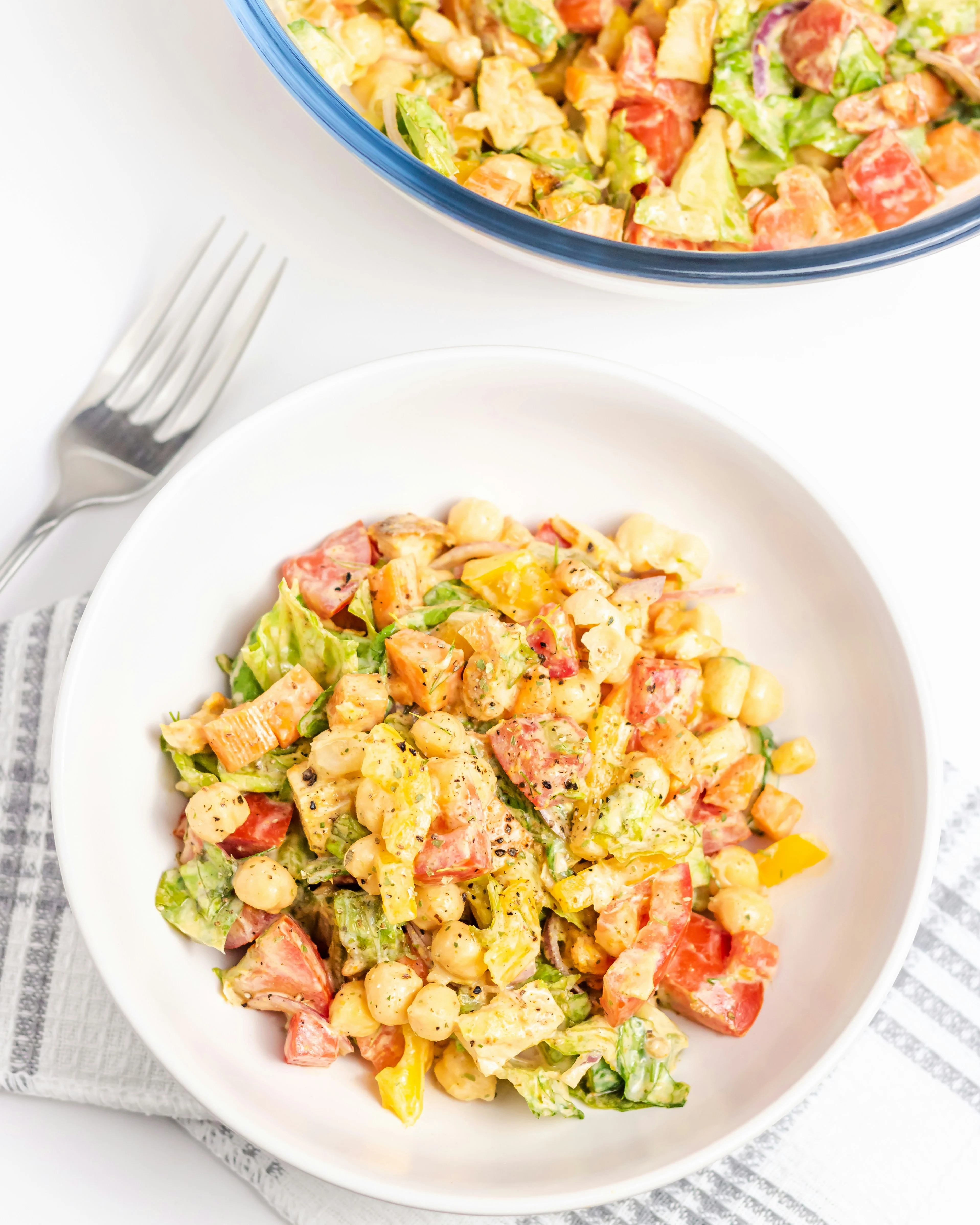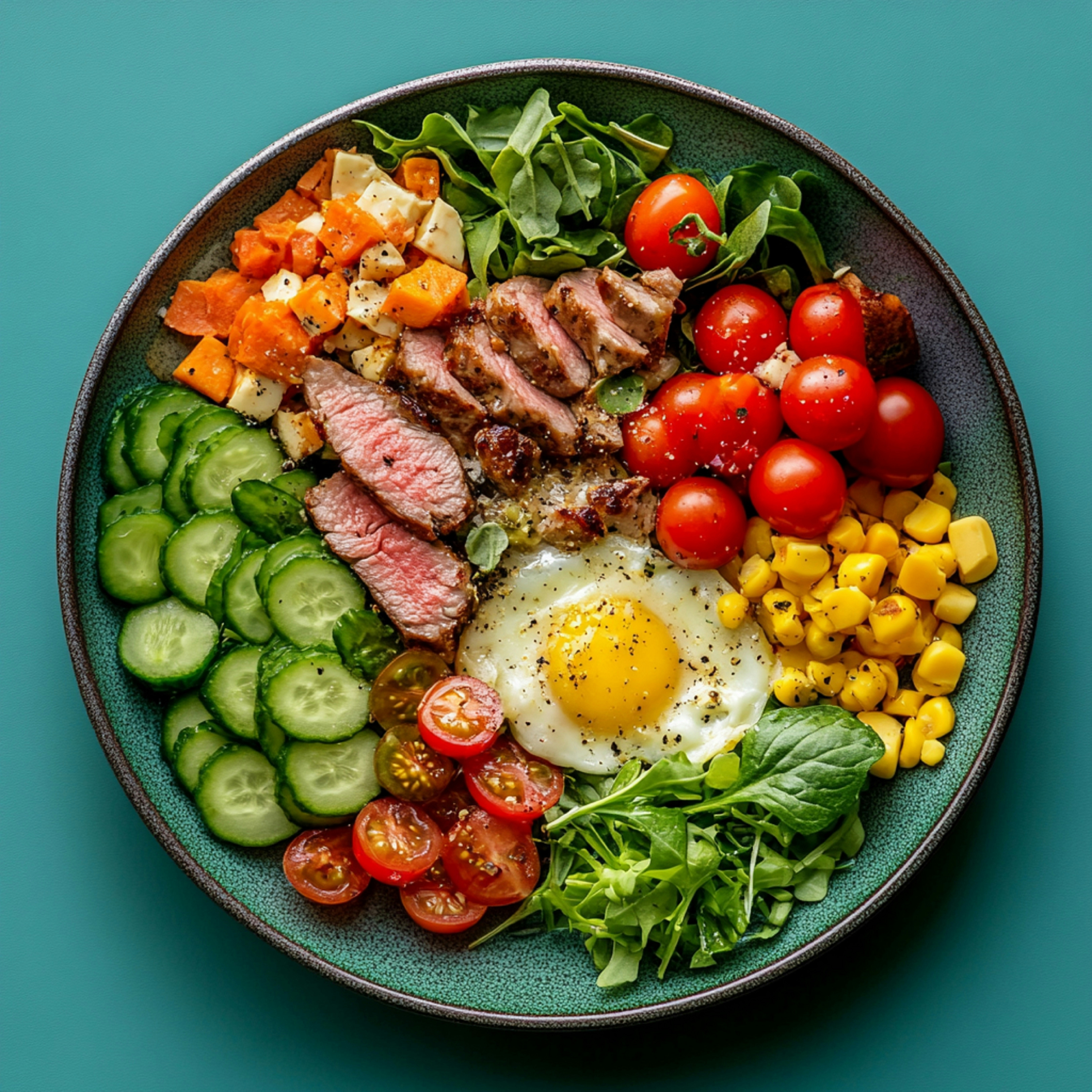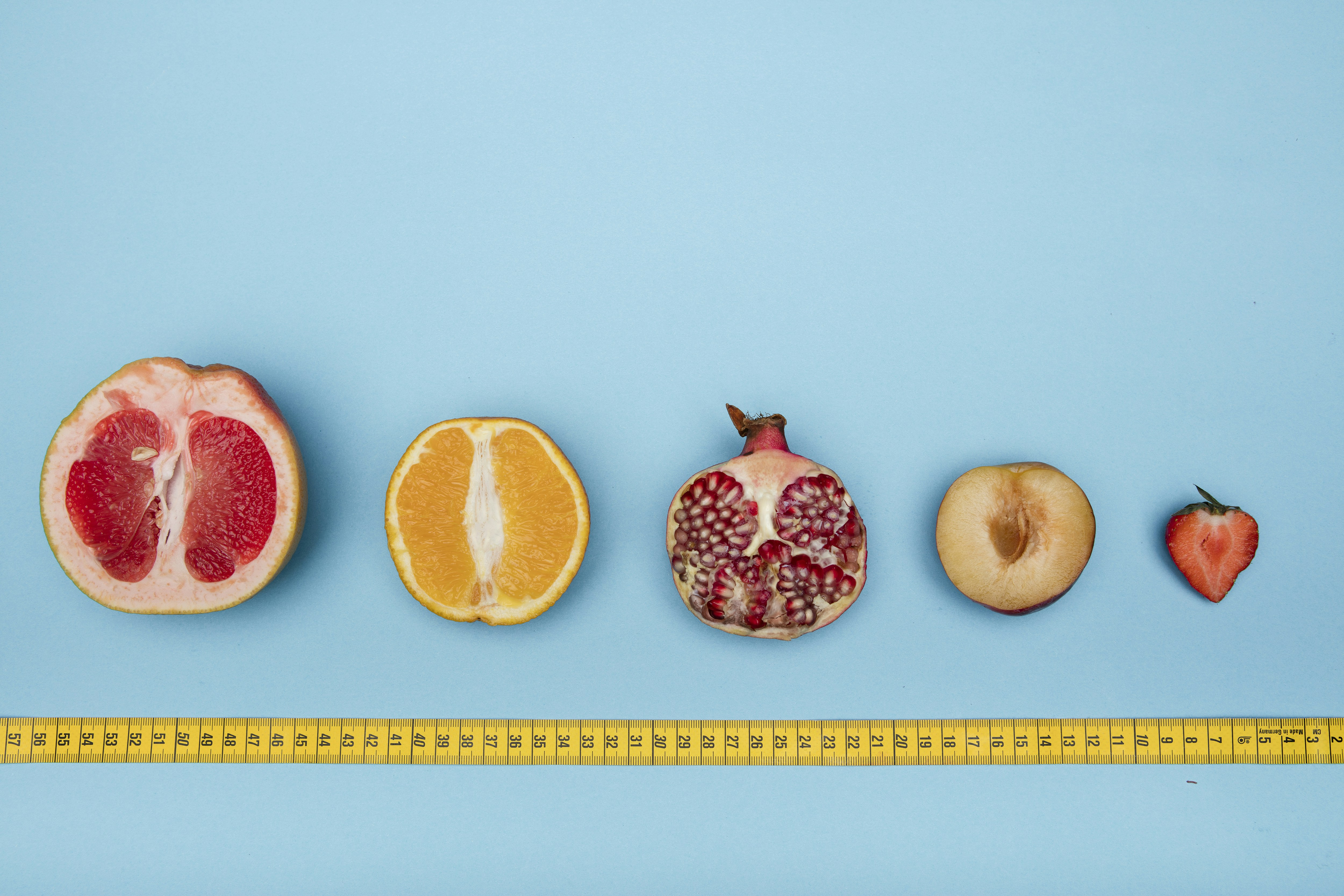IIFYM: The Flexible Dieting Revolution

iifym: The Flexible Dieting Revolution
Are restrictive diets killing your motivation? Imagine a plan where pizza and pancakes fit right alongside grilled salmon and quinoa—as long as you hit your calorie and macronutrient targets. That’s iifym (If It Fits Your Macros), and with iifym.fit, you can use artificial intelligence to build a flexible, personalized meal plan in seconds that adapts to your day. Say goodbye to guesswork, guilt, and endless spreadsheets—hello, sustainable results.

Table of Contents
- What Is IIFYM
- Why Flexible Dieting Works
- The Science of Calories & Macros
- Step 1: Calculate Your Macros
- Step 2: Plan Meals with iifym.fit
- Pros & Cons of Flexible Dieting
- Avoiding Common Pitfalls
- Top Tools & Resources
- IIFYM FAQs
- Get Started Today
What Is IIFYM?
IIFYM, short for If It Fits Your Macros, is a modern approach to dieting that revolutionizes how people think about meal plans, macronutrients, and sustainable weight loss. Rather than following rigid programs—whether that’s a ketogenic diet, Mediterranean diet, or intermittent fasting schedule—under IIFYM you:
- Set daily targets for calories, protein, carbs, and fats
- Track everything you eat to stay within those “buckets”
- Enjoy flexibility—from Oreos to omelets—so long as you hit your numbers
No more “good vs. bad” food labeling. Instead, it’s simple arithmetic: maintain a calorie deficit for weight loss, or a slight surplus for muscle gain. With iifym.fit, plug in your macro goals and instantly generate daily meal plans that adjust in real time to whatever you eat.
Pro Tip: Bookmark iifym.fit now—meal planning will never be the same.

Why Flexible Dieting Works
- Sustainability & Adherence
- Removing “good vs. bad” labels makes diets feel less punitive.
- Real‑world people stick with plans that allow occasional treats.
- Psychological Freedom
- No guilt or shame around “cheat meals.”
- Encourages mindful eating rather than all‑or‑nothing binge cycles.
- Customization for Every Goal
- Easily tweak macros for fat loss, muscle gain, or maintenance.
- iifym.fit stores previous targets and progress, so adjustments are a breeze.
- Data‑Driven Decisions
- Tracking actual intake makes nutrition an objective science.
- Identify trends—energy slumps, workout performance dips—and adjust macros accordingly.
The Science of Calories & Macros

- Calories In vs. Calories Out: foundational principle—eat more than you burn, gain weight; eat less, lose weight.
- Protein (20–30% of calories)
- 4 kcal/g
- Crucial for muscle repair and growth, promotes satiety (feelings of fullness)
- High thermic effect: burns more calories during digestion
- Aim for 0.8-1g per pound of bodyweight for most goals
- Carbs (40–60% of calories):
- 4 kcal/g
- Primary fuel source for workouts and brain function
- Timing around workouts can improve performance and recovery
- Fats (20–35% of calories)
- (9 kcal/g):
- Essential for hormone production and nutrient absorption
- Keeps energy stable and supports cell health
Real‑World Example: In 2009, Dr. Mark Haub ate mostly Oreos, Ding Dongs, and Doritos—yet lost 27 lbs over 10 weeks by maintaining a calorie deficit and hitting 90 g of protein daily. While a higher level of protein consumption would be prefereable, and he probably did not feel amazing eating so much processed junk, it underscores that energy balance trumps “eat‑clean” dogma.
Step 1: Calculate Your Macros
- Determine Your TDEE using the Mifflin–St Jeor equation or an online TDEE calculator.
- Set Your Goal
- Fat loss: –20% to –25% below TDEE
- Muscle gain: +5% to +10% above TDEE
- Maintenance: ≈ TDEE
- Allocate Your Daily Macros
- Protein: 0.8–1.2 g per pound bodyweight
- Fats: 20–30% of calories
- Carbs: Remaining calories
Step 2: Plan Meals with iifym.fit
- Go to iifym.fit.
- Enter your macro targets from Step 1.
- Sit back, relax, and let AI plan your meals for you.
Pros & Cons of Flexible Dieting
| Pros | Cons |
|---|---|
| Freedom to eat favorites | Requires accurate tracking and logging |
| Psychologically sustainable | Can lean toward processed foods if unchecked |
| Adaptable for any goal | Macro obsession—risk of over‑analyzing every bite |
| Data‑driven adjustments | May under‑emphasize micronutrient variety |
| Endless, delicious meals and recipes | Learning curve for weighing & logging initially |
Avoiding Common Pitfalls

- Hidden Calories: Log oils, sauces, and dressings.
- Over‑reliance on Junk Food: Aim for ≥80% whole, nutrient‑dense foods (vegetables, lean proteins, whole grains). While you can (and will) still make progress as long as you are hitting your calorie and macro goals, it is still important to include nutritious foods wherever possible
- Neglecting Micronutrients: Related to the point above, while not as essential as hitting your calorie and macronutrient goals, micronutrients are still important for overall well-being and vitality. Rotate fruits, vegetables, and beans to cover vitamins and minerals
- Inaccurate Portions: Use a digital scale for precision.
- Planning Burnout: Let iifym.fit do the work for you. Our mission is to make this process effortless. Learn more about us and how we're different.
Micros & Other Nutrients to Watch

While macros drive energy balance, micronutrients—vitamins, minerals, fiber—are vital for:
- Immune function (vitamin C, zinc)
- Bone health (calcium, vitamin D, magnesium)
- Energy metabolism (B vitamins, iron)
- Digestive health (fiber, probiotics)
Top Tools & Resources
- Macro Calculators: Legion Athletics, InchCalculator
- Recipe Sites: FatSecret, The Girl on Bloor, Fit Foodie Finds
- Research: Calorie Deficit, Dr. Mark Haub’s experiment
- Tools: Digital kitchen scale (Amazon)
IIFYM FAQs
- Is IIFYM healthy?
Yes—if you prioritize eating mostly nutrient-dense foods (while still enjoying occasional cheat meals/foods), you can be sure that you are hitting your calorie, macronutrient, and micronutrient goals - Can IIFYM build muscle? Absolutely. Set a slight calorie surplus (+5–10%) and make sure you are consuming the at least 1-1 .2g/lb of protein
- Do I have to weigh everything? Weighing foods is the surest way to log them accurately, but iifym.fit is designed knowing that this is not always practical.
- What about alcohol?
It counts toward calories—remember as best you can to log it in iifym.fit - How often adjust macros?
Recalculate every 4–6 weeks based on weight change, energy levels, and performance metrics.
Get Started Today
- Calculate your TDEE and daily macro targets.
- Visit iifym.fit and log in.
- Generate your custom daily meal plan in under a minute.
- Batch‑cook staples, log your meals, and watch your progress.
- Adjust on the fly whenever life happens—vacations, events, or treats.
No more meal‑planning stress. No more diet guilt. Just flexible, data‑driven results.
Tags:
Ready to Put This Into Practice?
Use iifym.fit to generate meal plans that perfectly match your macro targets.
Try iifym.fit Free